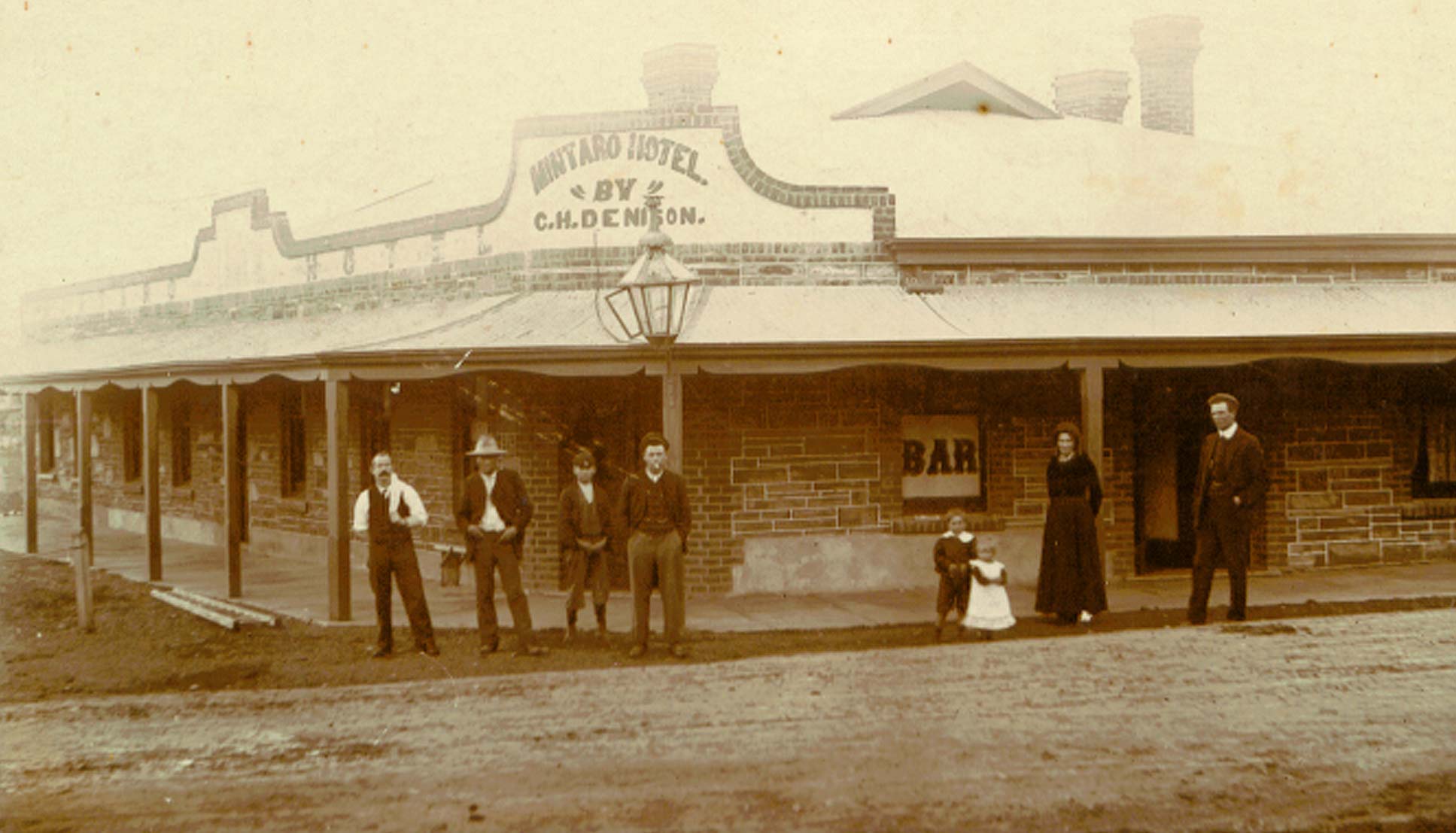Mintaro, one of the watering stops on the Gulf Road between Burra and Port Wakefield, was initially established as a service centre for the passing trade.
With the subdivision of the Hundreds of Clare (proclaimed 1850), Upper Wakefield (1850) and Stanley (1851) farming land also became available.[1] Colonists arriving in Adelaide on assisted passage moved north to take up these sections, increasing the demand for services.
Mintaro Hotel opened in December 1850 providing accommodation for teamsters and stabling and stockyards for their bullock teams.[2] The Devonshire Inn followed in 1856.[3]
Some of the earliest businesses to set up were wheelwrights, saddlers and bootmakers, keeping the drays in repair and the teamsters and muleteers shod.
Butchers and general stores opened to fulfil the needs of the passing trade. Greengrocers and bakers were not far behind. The building of the town’s flour mill in 1858 provided wheat farmers an outlet for some of their harvest.[4] The township even boasted a brewery.[5]
Land agents and auctioneers were soon part of the mix, managing the increasing number of property, stock and machinery sales. Postal services came to Mintaro as early as 1856 and the telegraph station was opened in 1873.[6][7]
After the change of route for the bullock drays in 1857 to the Gawler railhead, and later Kapunda, bypassing Mintaro, businesses changed and adapted. Blacksmiths began producing agricultural equipment and some of the carters bought land to begin farming themselves.
By 1863 Mintaro was reported to be ‘…still having further improvements in our township. Our worthy miller is still adding buildings to his property, which helps to enliven us. Our little township now consists of three places of worship (good buildings), two stores, two blacksmiths’ shops, three carpenters’ shops, two public-houses, three butchers’ shops, one school and one steam flour-mill.’[8]
A Justice of the Peace and legal services, a registrar for births, deaths and marriages, and a doctor were all part of the growing town. Friendly societies, such as the Foresters, Rechabites and Oddfellows[9][10][11], established chapters in the town to help provide ‘social services’ for the townspeople.

